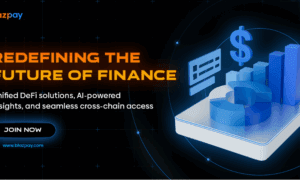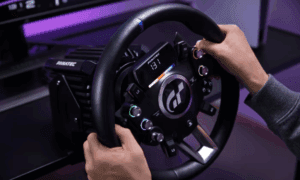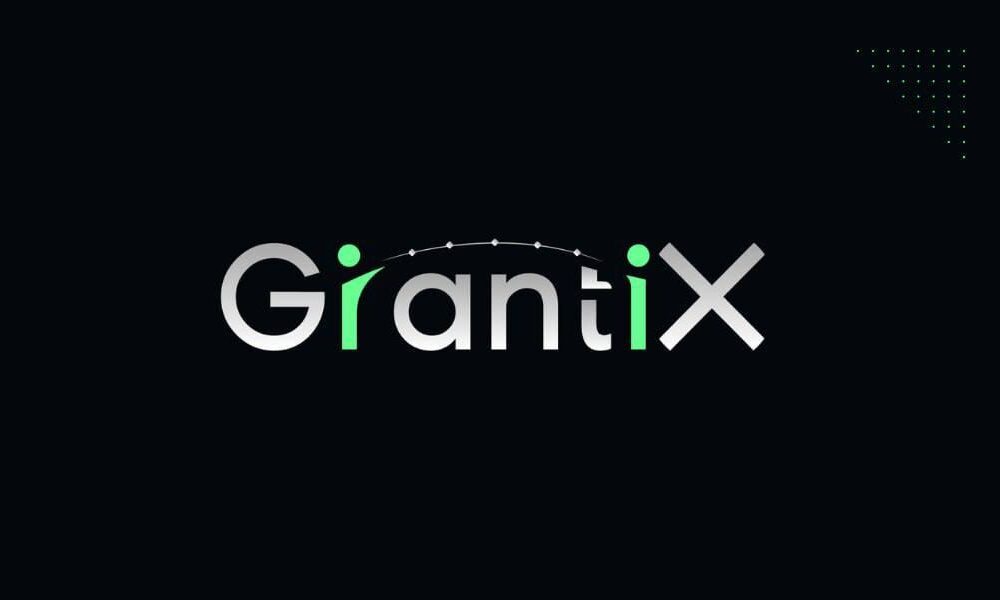Artificial food flavourings are considered less desirable than natural ones, but how should we judge artificial intelligence (AI) in relation to the real thing? Doubtlessly, the human mind is endowed with many incredible talents that computers could only dream of (if they were programmed to dream) but, with respect to specific tasks, AI may sometimes have an edge over us.
For instance, when it comes to scanning thousands of pages of information for intriguing opportunities in the financial markets, AI can do this with a fraction of the effort and time you would have to put in. AI is equipped to tirelessly comb through both fundamental and technical data on companies until finally emerging with actionable – though not guaranteed – conclusions. At the least, it would be worth your while to take a look at those conclusions before moving ahead with your own approach.
And then there’s something that every online trader battles with on a daily basis: sticking to the plan. Even though you’ve carefully formulated the strategy that determines when you’ll open and close your deals, it’s difficult to follow through when you see the opportunity to rake in astronomical gains. It’s similarly hard to swallow heavy losses when you believe the market is likely to turn around very soon, restoring your trading account to the green. Here, AI can be a great help, possessing the virtue of an emotionless brain. This is another key area where traders see the potential for AI to complement our own weaknesses and improve our financial returns.
Can AI be usefully employed elsewhere in the CFD trading process? Are there areas where we humans outshine the robots?
Machine Learning (ML)
The methods of technical analysis were painstakingly developed by market watchers as means of identifying familiar price patterns – indicative of common psychological responses among traders – which increase the likelihood of our predicting the next price movement with accuracy. Thus, the appearance of a Bullish Engulfing pattern on your chart implies a higher likelihood than normal of a sustained upturn in prices. This is entirely based on historical market behaviour.
Developers had the good idea of applying AI to the same process of spotting relevant patterns in price movements. It turns out that this technology excels at the task, but it does even more in its iteration as ML, interacting with live information to develop predictive rules for price action. Just as with technical analysis, these rules are not airtight. Nobody – humans and robots included – has prophetic knowledge of what the markets are going to do. At the same time, AI’s special powers in this area give us reason to get excited. With computer processing power growing steadily as the months go by, it’s probable that “ML’s predictive accuracy will become ever more pronounced over time”, so says JP Morgan.
Managing Your Trades
As you prepare for online CFD trading, there’s a lot of work you have to put in, including market research and technical analysis. Even once your deal is open, you have to devote plenty of attention to monitoring price movements as they occur, not to mention tracking key indicators like trading volume and momentum. AI is able to remove much of this burden from your shoulders.
To take a straightforward example, you could program your trading platform to open a “buy” deal on Microsoft shares when their 50-day moving average passes over their 200-day moving average. This would be performed automatically when that condition was met, without the need for your go-ahead. Similarly when it comes to closing your deals, you can pre-program exit criteria into your trading platform, take a back seat, and relax. This could also free up your time and energy for other things, for example, deeper market research.
Backtesting Your Strategy
Developing your trading strategy is a delicate, long-term process of accumulating knowledge and learning from your mistakes. AI can be of tremendous assistance here, backtesting your strategy in multiple market scenarios. If, for instance, you doubted the staying power of your portfolio in a recession scenario, you could backtest it under recession conditions to see how it holds up. From one perspective, the more you backtest your strategy, the more you refine it and promote its effectiveness. From another perspective, there can be a danger in this. Through over-optimizing your tactics to fit historical parameters, you might render them ineffective in interpreting real market conditions.
Final Thoughts
We have not yet found the perfect balance of artificial and human intelligence for the online trading arena. We do know that each form of intelligence offers something irreplaceable, and that they have the potential to complement one another to great effect. One thing in which AI lags behind its human counterparts is in digesting the impact of news events and geopolitical uncertainty on the financial markets. Especially in cases where there is scant historical precedent for our geopolitical landscape, AI will often come up with a blank.
Consider for a moment the complexity of the various geopolitical conflicts on the globe at present, and of how they are intertwined with the world’s major economies. Add to this the force of social media, which transmits information globally in seconds, but in ways that polarize viewpoints in certain, unique ways. There isn’t yet an ML algorithm in existence that is capable of translating all of this activity into actionable market predictions.
When you engage in online CFD trading with iFOREX, you get the best of both worlds. On the one hand, you’ll enjoy the use of an AI assistant in identifying interesting market opportunities. On the other, it is left to you to train yourself with the brokerage’s celebrated educational resources and, ultimately, strut your stuff on your own. Visit the iFOREX website to find out about the hundreds of instruments you can trade from their platform in CFD form.





























